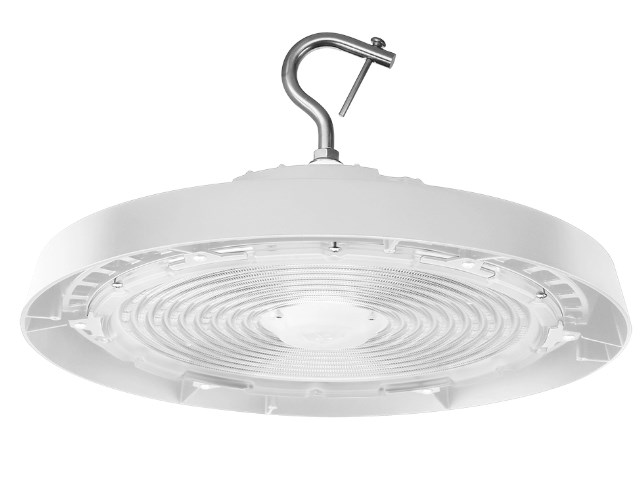
Industrial LED lighting has become increasingly popular due to its many advantages over traditional lighting systems. Here are some top benefits of using industrial LED lighting:
- Energy Efficiency: One of the biggest plus points of industrial LED lighting is its energy efficiency. LEDs use far less energy than traditional lighting systems, significantly saving energy. According to the US Department of Energy, LED lighting can save up to 75% of the energy used by conventional lighting systems. Industrial led lighting has many advantages.
- Long Lifespan: LED lights have a longer lifespan than traditional lighting systems. This means they require less maintenance and replacement, lowering overall costs. LED lights can last up to 25 times longer than traditional lighting systems, which is particularly advantageous for industrial settings where maintenance can be difficult and expensive.
- Durability: LED lights are much more durable than traditional lighting systems. They are designed to withstand harsh environments, including extreme temperatures, vibrations, and shock. This makes them ideal for industrial settings where lighting fixtures may be exposed to harsh conditions.
- Instant On: LED lights turn on instantly without any warm-up time. This is particularly advantageous in industrial settings where lighting needs to be turned on quickly to ensure worker’s safety and increased productivity. Traditional lighting systems can take several minutes to warm up, which can be a safety hazard in certain environments.
- Color Quality: LED lights provide high-quality light much closer to natural daylight than traditional lighting systems. This can improve worker productivity, reduce eyestrain, and create a safer work environment. LED lights also offer a range of color options, making them ideal for industrial settings where different lighting conditions are required.
- Directional Lighting: LED lights are directional, meaning they emit light in a specific direction. This is particularly advantageous in industrial settings where focused lighting is required, such as warehouses or production facilities. Traditional lighting systems emit light in all directions, resulting in wasted energy and lower overall lighting efficiency.
- Dimmable: LED lights are fully dimmable, which allows for greater control over lighting levels in industrial settings. This can result in energy savings and improved worker comfort. Traditional lighting systems are not easily dimmable, which can result in wasted energy and poor lighting conditions.
- Environmentally Friendly: LED lights are environmentally friendly and do not contain harmful chemicals like mercury. This makes them easy to dispose of and reduces the risk of environmental damage. Additionally, LED lights are recyclable, making them a sustainable choice for industrial lighting.
- Cost-Effective: LED lights may have a higher upfront cost than traditional lighting systems, but they provide long-term cost savings due to their energy efficiency and long lifespan.
- Improved Safety: LED lights can improve safety in industrial settings by providing high-quality lighting that reduces the risk of accidents and injuries. This is particularly important in hazardous environments where good lighting is essential for worker safety.
- Low Heat Emissions: LED lights produce very little heat, which can be an advantage in industrial settings where excessive heat can be a safety hazard or cause damage to sensitive equipment. Traditional lighting systems, such as halogen or incandescent bulbs, produce much heat, resulting in higher cooling costs and increased fire risk.
In conclusion, industrial LED lighting provides many advantages over traditional lighting systems. From energy efficiency and long lifespan to durability and directional lighting, LED lights are ideal for industrial settings where high-quality lighting is essential for worker safety and productivity. Additionally, the environmental benefits of LED lighting make them a sustainable and responsible choice for industrial applications.


Disclaimer: PacLights is not responsible for any actions taken based on the suggestions and information provided in this article, and readers should consult local building and electrical codes for proper guidance.